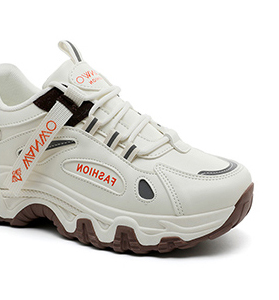Shedding Light on the Functionality of Motion Sensors in the Dark
Motion sensors have become an integral part of our daily lives, providing convenience, security, and energy efficiency. However, a common question that arises is whether motion sensors work effectively in the dark. In this blog post, we will delve into the intricacies of motion sensor technology, exploring how they function in low-light conditions and their practical applications.
- Understanding Motion Sensor Technology:
Motion sensors, also known as motion detectors, are electronic devices that detect movement within their designated range. They rely on various technologies such as infrared, ultrasonic, and microwave to detect changes in the environment. These sensors are commonly used in security systems, lighting control, and home automation. - The Role of Infrared Motion Sensors:
Infrared (IR) motion sensors are the most commonly used type of motion sensors. They work by detecting changes in heat patterns emitted by objects in their field of view. In low-light conditions, IR motion sensors continue to function effectively as they do not rely on visible light. Instead, they detect the infrared radiation emitted by warm objects, such as the human body, even in complete darkness. - Enhancing Performance in the Dark:
To ensure optimal performance in low-light conditions, motion sensors are equipped with features that enhance their functionality. Some advanced sensors utilize dual-technology, combining infrared and microwave sensors, to reduce false alarms and improve accuracy. Additionally, motion sensors may incorporate ambient light sensors to adjust sensitivity based on the surrounding lighting conditions. - Practical Applications in the Dark:
a. Security Systems: Motion sensors play a crucial role in security systems, even in the absence of visible light. They can trigger alarms, activate surveillance cameras, and notify homeowners or security personnel of any suspicious activity.
b. Lighting Control: Motion sensors are widely used in lighting control systems to conserve energy. In the dark, these sensors can detect movement and automatically turn on lights, providing convenience and safety.
c. Home Automation: Motion sensors integrated into home automation systems can perform various tasks, such as turning on appliances, adjusting temperature settings, or activating voice-controlled assistants, even in the absence of visible light.
Conclusion:
Motion sensors, particularly infrared-based ones, are designed to work effectively in the dark. By utilizing infrared radiation emitted by warm objects, these sensors can detect movement and trigger appropriate actions. Whether it's for security, energy efficiency, or home automation, motion sensors provide reliable functionality even in low-light conditions. Embracing this technology can enhance our daily lives, providing convenience, safety, and energy savings.


